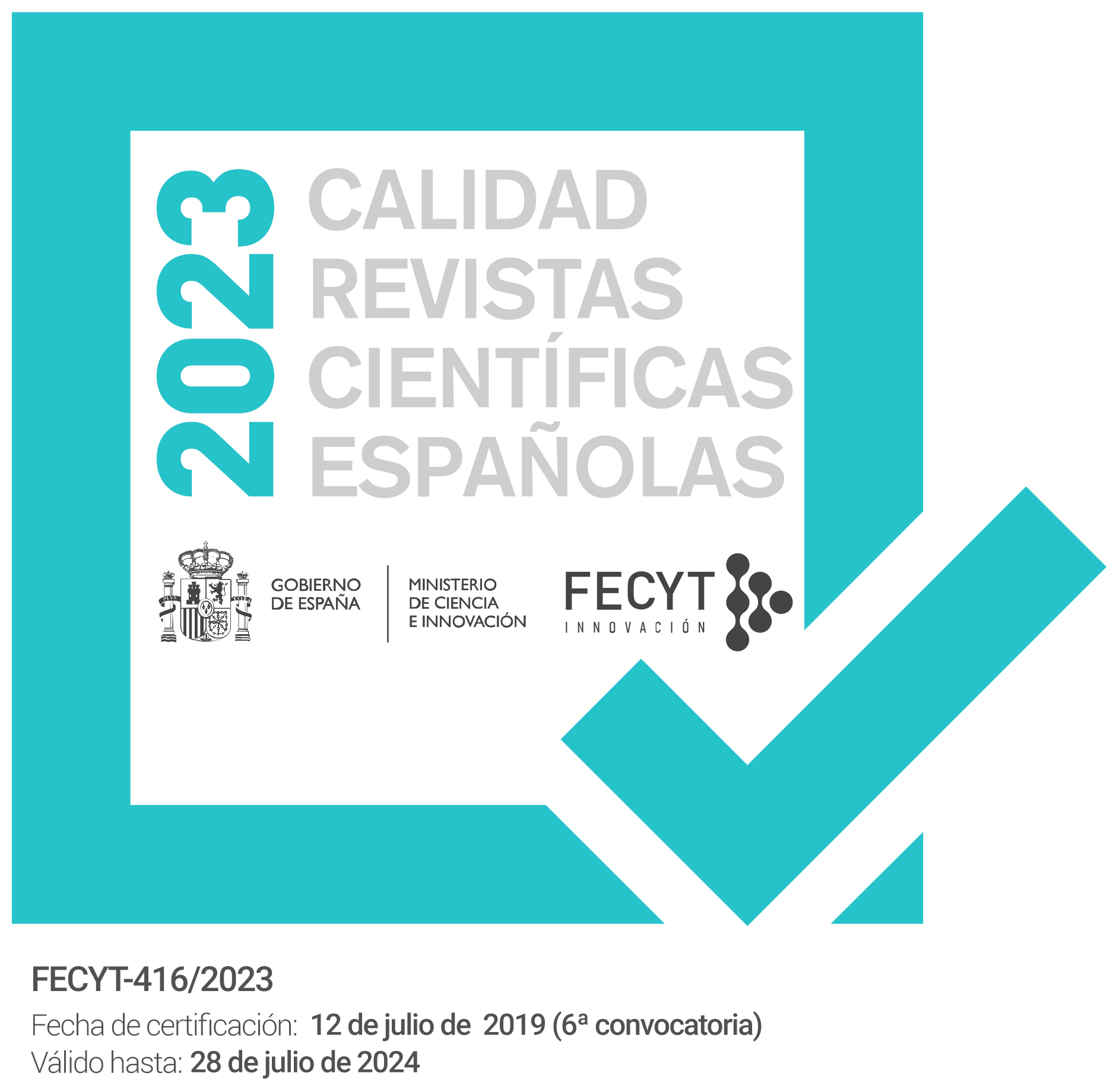“Beyond Words”. The Topology of Discourse and the Analysis of Historical Events in the Press
DOI:
https://doi.org/10.51349/veg.2024.1.18Keywords:
History, Press, Transition, Discourse, MethodologyAbstract
This article employs a methodology known as the “Topology of Discourse” to analyze the perception of history in media outlets. Focusing on the assassination of Carrero Blanco, we examine how the press of 1973 reported and interpreted the event – in either a “reformist” or “reactionary” key – and proposed a range of themes that shaped the debates during the impending Transition. This included the evolution of Franco’s regime and its forms of political participation and representation. This methodology offers a conceptual map of the journalistic discourse’s trajectory and facilitates the comparison between different interpretations of reality.Downloads
References
Bertalanffy, L. (1976): Teoría General de Sistemas, Fondo de Cultura Económica, México D.F.
Díaz Barrado, M. (1997): Memoria de la palabra. Topología del discurso contemporáneo, Servicio de Publicaciones de la Universidad de Extremadura, Cáceres.
Díaz Barrado, M. (1985): Palabra de dictador. General Primo de Rivera, análisis de discursos (1923-1930), Servicio de Publicaciones de la Universidad de Extremadura, Cáceres.
Díaz Barrado, M. (1989): Análisis del discurso político. Una aplicación metodológica, Editora Regional de Extremadura, Badajoz.
Díaz Barrado, M. (2019): Mirar el pasado. Imagen e historia en la era digital, Comares, Granada.
Moradiellos, E. (2000): La España de Franco (1939-1975). Política y Sociedad, Síntesis, Madrid.
Morin, E. (1981): El Método I. La naturaleza de la Naturaleza, Cátedra, Madrid.
Pinilla García, A. (2007): Información y Deformación en la prensa. El caso del atentado contra Carrero Blanco, Servicio de Publicaciones de la Universidad de Extremadura, Cáceres.
Pinilla García, A. (2010): El laberinto del 23-F. Lo posible, lo probable y lo imprevisto en la trama del golpe, Biblioteca Nueva - Servicio de Publicaciones de la Universidad de Extremadura, Madrid.
Pinilla García, A. (2010): Un método para estudiar la morfología de la prensa. El Revelador de Niveles de Importancia, en N. Ludec y A. Sarría Buil (coords.), La morfología de la prensa y el impreso. La función expresiva de las formas (Homenaje a Jean Michel Devois), Presses Universtaires de Bourdeaux, Burdeos: 179-199.
Pinilla García, A. (2013): Ideología e Información. La prensa francesa ante la muerte de Franco, Servicio de Publicaciones de la Universidad de Extremadura, Cáceres.
Pinilla García, A. (2020): Teoría de la Evolución Política. El caso de la actual democracia española: nacimiento y crisis del sistema (1978 y 2020), Sindéresis, Madrid.
Rodríguez de las Heras, A. (1981): Historia y crisis, Ed. Fernando Torres, Valencia.
Rodríguez de las Heras, A. (1981): Teoría, Método y Laboratorio en Historia, en S. Castillo (coord.), Estudios de Historia de España. Homenaje a Tuñón de Lara, vol 2, Madrid: 659-678.
Rubio Caballero, J.A. (2015): Decir Nación. Idearios y retóricas de los nacionalismos vasco y catalán (1980-2004), Dykinson – Servicio de Publicaciones de la Universidad de Extremadura, Madrid.
Rubio Caballero, J.A. (2023): El mal francés. Medio siglo de nacional-populismo. De Le Pen a Zemmour (1972-2022), Comares, Granada.
Sánchez González, J. (2001): El ideario regionalista en Extremadura. Topología discursiva de José López Prudencio, Servicio de Publicaciones de la Universidad de Extremadura, Cáceres.
Downloads
Published
Issue
Section
License
Copyright (c) 2024 Alfonso Pinilla García

This work is licensed under a Creative Commons Attribution-NonCommercial-NoDerivatives 4.0 International License.
The articles are open access distributed under the terms of the Creative Commons Attribution-NonCommercial-NoDerivatives (CC BY-NC-ND) Spain 4.0 license. Authors who publish in this journal agree with the following terms:
a) Authors retain the copyright and guarantee the journal the right to be the first publication of the work as well as licensed under a Creative Commons Attribution License that allows others to share the work with a recognition of the authorship of the work and the Initial publication in this magazine.
b) Authors may separately establish additional agreements for the non-exclusive distribution of the version of the work published in the journal (for example, place it in an institutional repository or publish it in a book), with recognition of its initial publication in this magazine.
c) Authors are allowed and encouraged to disseminate their work electronically (for example, in institutional repositories or on their own website) before and during the submission process, as it may result in productive exchanges, as well as a earliest and largest citation of published works (See The Effect of Open Access).



